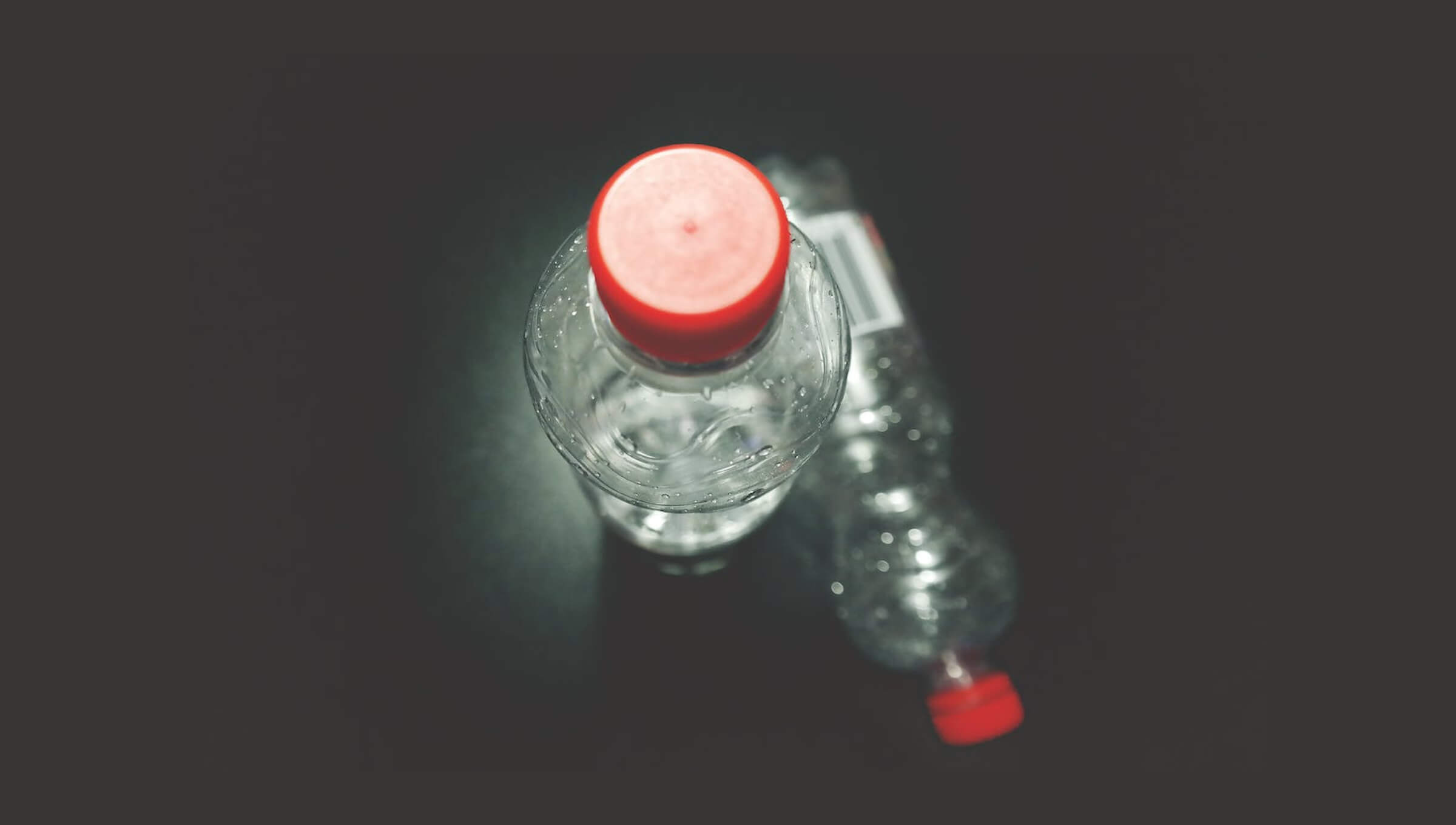

It has been revealed that bottled water is harmful and dangerous to well being.
In accordance with current scientific findings, you might be swallowing tons of of 1000’s of nanoplastic particles with every liter of bottled water.
These findings can have far-reaching penalties for human well being.
The study, printed on 8th Jan 2024, within the Proceedings of the Nationwide Academy of Sciences, disclosed a median of 240,000 particles in a liter of bottled water, predominantly composed of “nanoplastics,” measuring lower than one micrometer, or one-seventieth the width of a human hair.
Click on to learn: Why You Should Stop Buying Bottled Water?
Scientists have been investigating “microplastics” for years, starting from one micrometer to half a centimeter in size, discovering their ubiquitous presence throughout varied environments.
These tiny plastic fragments have been recognized within the deepest ocean depths, inside Antarctic Sea ice, and even within the human placenta.
Microplastics permeate ecosystems, showing in soils, wildlife, and the meals and water we eat.
A 2018 study revealed a median of 325 microplastic items in a single bottle of water.
Researchers at Columbia College have now introduced consideration to the potential threats posed by nanoplastics, that are even smaller particles than microplastics. Wei Min, a chemistry professor at Columbia and co-author of the research, emphasizes the heightened hazard of nanoplastics, stating, “No matter microplastic is doing to human well being, I’ll say nanoplastics are going to be extra harmful.”
Whereas microplastics have been present in faucet water, the portions are comparatively smaller.
Plastic supplies behave like pores and skin, shedding microscopic items into water, meals, or any substance they contact. Sherri Mason, a professor and sustainability director at Penn State Behrend, likens this course of to the fixed shedding of human pores and skin.
Conventional strategies for detecting microplastics are difficult to use to even smaller particles. Min’s methodology entails utilizing two lasers and machine studying to establish seven kinds of plastic molecules in bottled water samples.
The research recognized PET (polyethylene terephthalate, water bottles are product of this materials) and polyamide, frequent in water filters, as the first parts of the plastic particles.
Researchers speculate that plastic enters water each from the bottle and the filtration course of. The potential well being dangers of tiny plastics stay unclear, and the World Well being Group, in a 2019 evaluate, acknowledged inadequate proof linking microplastics to human well being, emphasizing the necessity for additional analysis.
Nanoplastics, theoretically sufficiently small to enter an individual’s blood, liver, and mind, could also be extra prevalent than microplastics.
Within the research, 90 % of the plastic particles have been nanoplastics, and solely 10 % have been bigger microplastics.
Whereas the Worldwide Bottled Water Affiliation downplays considerations, claiming a scarcity of standardized strategies and scientific consensus on well being impacts, specialists stress the urgency of understanding the potential risks of invisible plastics.
Jill Culora, a spokeswoman for the Worldwide Bottled Water Affiliation, steered that media experiences about nano- and microplastic particles in ingesting water might unnecessarily alarm shoppers because of the absence of standardized strategies and scientific consensus on potential well being impacts.
Establishing a hyperlink between microplastics and human well being points is a fancy process, given the varied array of 1000’s of plastic varieties and using over 10,000 chemical substances of their manufacturing processes.
Consultants emphasize the necessity for readiness to handle potential severe and dangerous results of tiny plastics within the air, water, and clothes.
Mason urges policymakers and the general public to contemplate the broader implications of consuming these particles alongside bottled water.
Trending Merchandise











